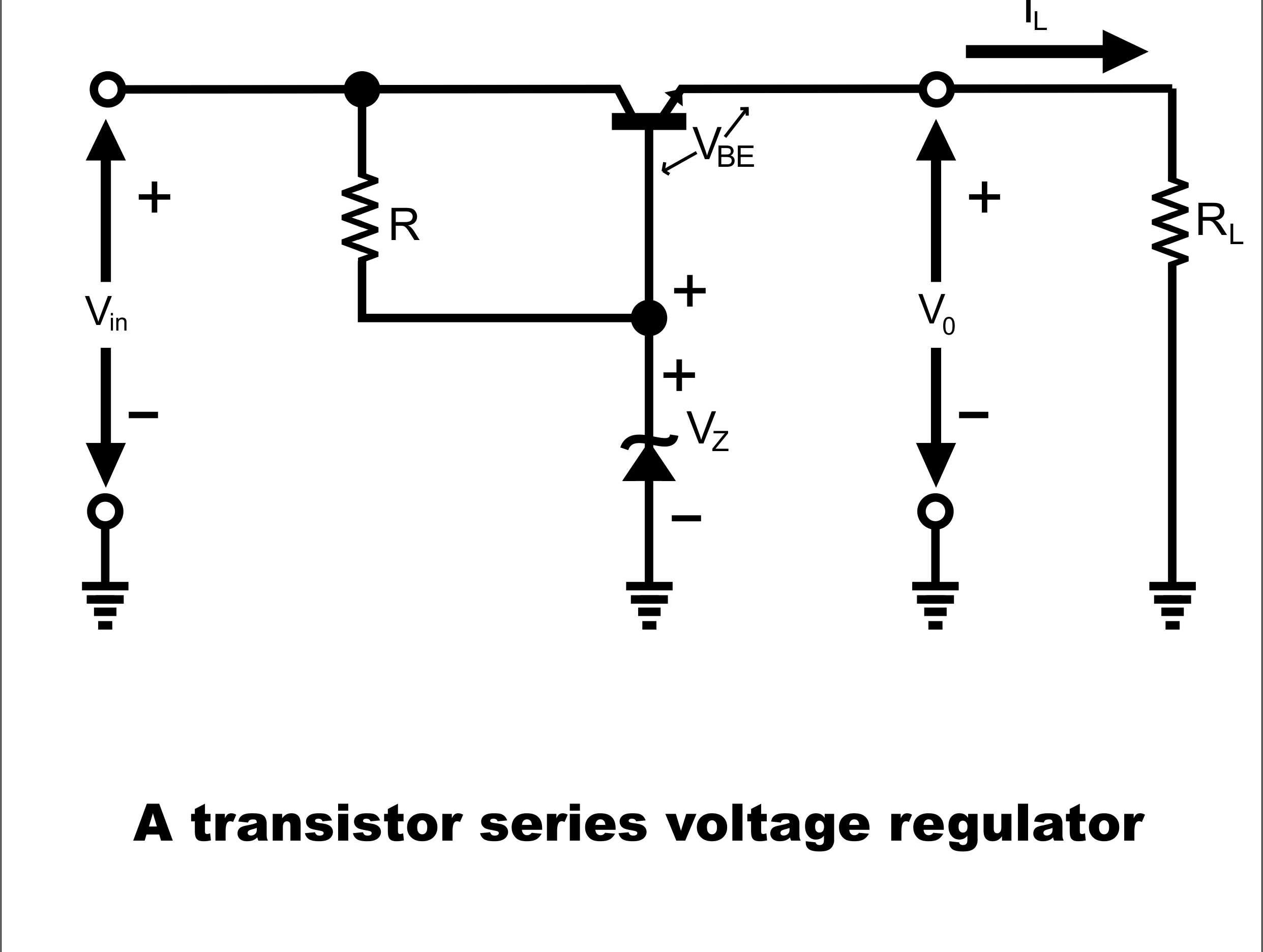Series Voltage Regulator Presentation
| Introduction to Series Voltage Regulator | ||
|---|---|---|
| A series voltage regulator is a type of electronic circuit used to regulate the output voltage of a power supply. It operates by using a series pass transistor to control the current flowing through a load resistor. The series voltage regulator is commonly used in applications where a stable and regulated voltage is required. | ||
| 1 | ||
| Basic Operation of a Series Voltage Regulator | ||
|---|---|---|
| The input voltage is connected to the input of the series voltage regulator. The series pass transistor acts as a variable resistance, controlling the voltage across the load resistor. The feedback mechanism compares the output voltage with a reference voltage and adjusts the series pass transistor accordingly to maintain a stable output voltage. | ||
| 2 | ||
| Advantages of Series Voltage Regulator | ||
|---|---|---|
| Simple circuit design with fewer components compared to other voltage regulation techniques. Provides a stable and regulated output voltage even with variations in the input voltage or load conditions. Easy to implement and cost-effective solution for low to medium power applications. | ||
| 3 | ||
| Disadvantages of Series Voltage Regulator | ||
|---|---|---|
| Inefficient due to the voltage drop across the series pass transistor, resulting in power dissipation and heat generation. Limited voltage regulation range as the output voltage cannot be higher than the input voltage. Not suitable for high power applications as the series pass transistor may require additional heat sinking. | ||
| 4 | ||
| Types of Series Voltage Regulator | ||
|---|---|---|
| Fixed Series Voltage Regulator: Provides a constant output voltage regardless of variations in the input voltage or load conditions. Adjustable Series Voltage Regulator: Allows the user to vary the output voltage within a certain range using external components. Your third bullet | ||
| 5 | ||
| Applications of Series Voltage Regulator | ||
|---|---|---|
| Used in electronic devices such as televisions, radios, and computers to provide a stable power supply. Commonly used in battery charging circuits to regulate the charging voltage and protect the battery from overcharging. Widely used in control systems and industrial automation to ensure stable voltage supply to critical components. | ||
| 6 | ||
| Example Circuit Diagram of Series Voltage Regulator | ||
|---|---|---|
| The circuit consists of an input voltage source, a series pass transistor, a load resistor, and feedback components. The feedback components compare the output voltage with a reference voltage and adjust the series pass transistor to maintain a constant output voltage. Additional components such as capacitors and resistors may be added for stability and filtering purposes. | ||
| 7 | ||
| Design Considerations for Series Voltage Regulator | ||
|---|---|---|
| Selection of appropriate series pass transistor based on maximum current and voltage requirements. Calculation of feedback components to set the desired output voltage and stability. Heat dissipation considerations to ensure the series pass transistor does not overheat. | ||
| 8 | ||
| Comparison with Other Voltage Regulation Techniques | ||
|---|---|---|
| Series voltage regulator provides a simple and cost-effective solution but is less efficient compared to switching regulators. Switching regulators offer higher efficiency but are more complex and expensive to implement. The choice of voltage regulator depends on the specific application requirements and trade-offs between cost, efficiency, and complexity. | ||
| 9 | ||
| Conclusion | ||
|---|---|---|
| Series voltage regulator is a commonly used circuit for providing stable and regulated voltage in various electronic applications. It offers simplicity, stability, and cost-effectiveness but has limitations in efficiency and power handling capabilities. Understanding the design considerations and trade-offs can help in selecting the appropriate voltage regulation technique for a given application. | ||
| 10 | ||
| References (download PPTX file for details) | ||
|---|---|---|
| [Insert reference 1]... [Insert reference 2]... [Insert reference 3]... |  | |
| 11 | ||





